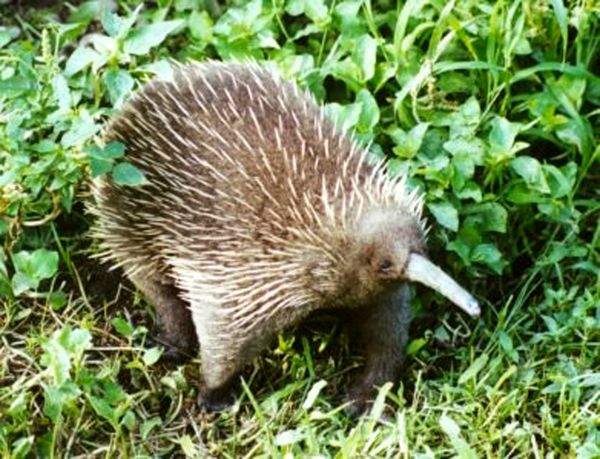There are millions of creatures, large and small that grace this planet and share the land with us. Some are well-known and common while others are a bit stranger and less common and are even considered animals endangered. Here are several freaky weird animals that are on the verge of extinction but deserve just as much help and attention in bouncing back as any other of their cuter and cuddlier counterparts:

1) The Echidna. This small mammal has a few odd characteristics. First of all, it has spiky quills over it’s body sort of like a porcupine and it is one of only two mammals in the world that lays eggs. Because it has no teeth and is also shy with a good temperament, this makes the Echnida as easy target for bigger animals to feast on. Combine this with the deteriorating environment that it calls home and you have an animal that is highly in danger of becoming extinct.

2) The Olm. This amphibian which is native to Italy and Croatia that has some strange quirks that help it in some circumstances but also make it easy prey. First of all, this creature is blind and, unlike other amphibians, it lives in the water. These two things make it easy for larger fish other creatures to sneak up on it in the water. If the Olm is lucky, it can live up to one hundred years but not many make it to that ripe old age.

3) The Duck-billed Platypus. Although this creature is venomous and is able to fend off potential enemies in the animal kingdom, it’s survival tactic is no match for human poachers who wanted it’s fur and who have hunted it to near extinction. It is the only other mammal that lays eggs, the other one is on the list of near-extinct animals too.
Of course, this is just a small sampling of the animals that are in danger of being wiped off this planet all-together. There are literally thousands more spread out all over the world. We must act together to protect these animals because they are a natural part of the whole system that keeps life going the way it should on this planet. Every time an animal goes extinct, it effects the whole system and one of these, we may find ourselves on this lengthy list.
